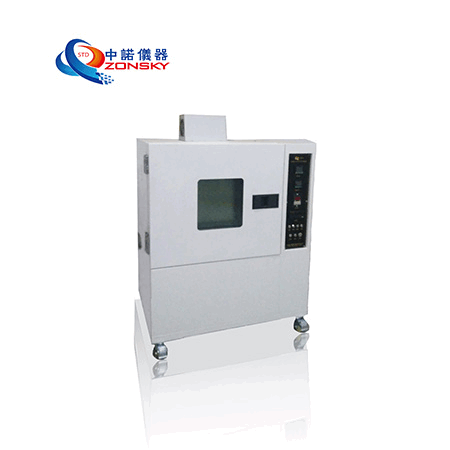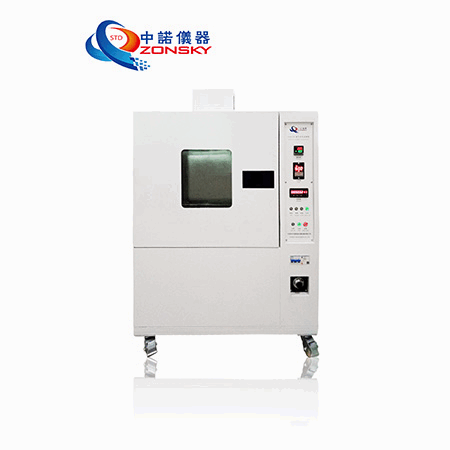When it comes to furniture manufacturing, ensuring the quality and durability of the wood used is of utmost importance. Furniture wood Testing Equipment plays a vital role in evaluating and assessing various aspects of wood, allowing manufacturers to make informed decisions and deliver high-quality furniture products. In this article, we will explore the aspects that furniture wood Testing Equipment can detect, enabling manufacturers to create reliable and long-lasting furniture pieces.

1. Moisture Content:
One critical aspect that wood testing equipment can detect is the moisture content of the wood. High moisture content in wood can lead to issues such as warping, shrinking, or expanding, compromising the structural integrity of the furniture. Wood testing equipment, such as moisture meters, help measure the amount of water present in the wood, enabling manufacturers to select properly dried wood for furniture production.
2. Density and Hardness:
Wood density and hardness are crucial indicators of its strength and durability. Furniture Wood Testing Equipment can measure the density and hardness of wood, providing insight into its ability to withstand pressure, impacts, and wear over time. By selecting wood with the desired density and hardness characteristics, manufacturers can ensure that the furniture will withstand everyday use and maintain its integrity.
3. Stability and Dimensional Changes:
Wood is sensitive to changes in humidity and temperature, which can lead to dimensional changes such as expansion or contraction. Furniture wood testing equipment includes stability testing devices that simulate environmental conditions and assess the wood's stability under different moisture and temperature levels. By understanding the stability of wood, manufacturers can minimize the risk of furniture deformations or cracks and ensure long-term performance.

4. Strength and Load-Bearing Capacity:
Furniture needs to withstand various loads and stresses, and wood testing equipment can evaluate the strength and load-bearing capacity of the wood. Testing equipment, such as tensile or compression testers, can measure the wood's ability to resist forces and provide data on its breaking point and elasticity. This information is critical for manufacturers to select suitable wood species and dimensions for furniture components, optimizing structural integrity and safety.
5. Quality Control:
Wood testing equipment is essential in maintaining quality control throughout the furniture production process. By conducting regular testing and inspections, manufacturers can identify any defects, deficiencies, or irregularities in the wood that may impact the furniture's quality or appearance. This enables them to take corrective actions promptly, ensuring that only the highest quality materials are used in the manufacturing process.
Furniture wood testing equipment plays a significant role in enhancing the overall quality, durability, and performance of furniture products. By employing such equipment, manufacturers can evaluate crucial aspects such as moisture content, density, hardness, stability, strength, and load-bearing capacity. Utilizing this valuable information, manufacturers can select suitable wood and ensure that it meets the desired quality standards. Ultimately, the use of furniture wood testing equipment contributes to the creation of reliable and long-lasting furniture pieces that satisfy consumer expectations and withstand the test of time.
 WhatsApp:
WhatsApp: Mobile Phone:
Mobile Phone: Contact Now
Contact Now